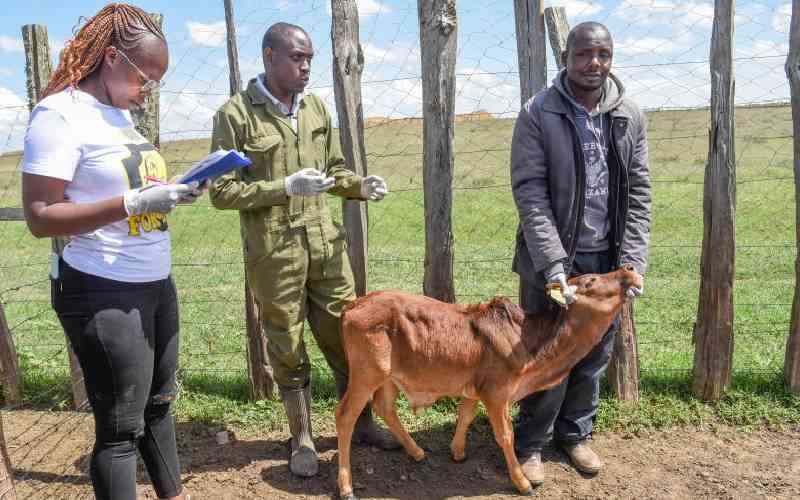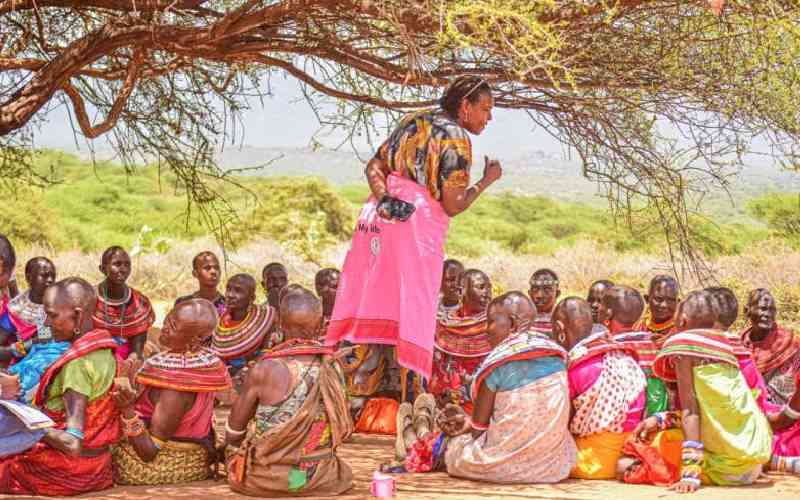
The Royal Family of which the late Queen Elizabeth II was the formidable matriarch, are big on conservation, protecting biodiversity and wildlife.
The colonial footprint in Kenya is the reason we have Lake Victoria which British explorer John Hannington Speke named after the then queen in 1858.
The Royal Family's footprints in Kenya sweeps across conserving the environment and wildlife.
For instance, in 2018, the Queen offered to support the Mau Forest Complex conservation efforts to protect the expansive water tower.
In a letter to former President Uhuru Kenyatta, Her Majesty stated that Mau Forest would be part of the Queen's Commonwealth Canopy (QCC), an initiative that started in 2015 to preserve forests in Commonwealth nations.
The Mau Forest Complex is the largest forest ecosystem and the most important Water Tower in Kenya, covering approximately 455,000 hectares.
Mau Forest comprises 22 forest blocks and is a key water catchment area, with 12 rivers feeding into major lakes including parts of Western Kenya. It is a globally recognised Unesco World Heritage Site.
The forest complex faces tremendous pressures and large amounts of forest destruction.
In 2019 the government carried out evictions in Narok South and North in an exercise that targeted 60,000 people to reclaim 17,000 acres of land.
And in 2011, former Prime Minister Raila Odinga visited the Prince of Wales, now King Charles III, at Clarence House in London and agreed on an environmental conservation partnership that began with the restoration of Lake Naivasha-which was facing serious degradation, attracting international concern.
The duo agreed to set a conservation record on Lake Naivasha to serve as a model for similar efforts across the world. The model was later replicated in other parts of the country.
Later that year, Prince Charles through His Royal Highness International Sustainability Unit sent a team of experts to assess the situation and possible ways of restoring and conserving Lake Naivasha.
Seven years later, his son, Prince William, the Duke of Cambridge, visited Kenya in 2018 as part of his seven country tour of Africa and which included Namibia and Tanzania. He met Uhuru over talks on security and wildlife conservation.
Prince William is the patron of the Royal African Society dedicated to promoting Africa in the UK. He is also the President of United for Wildlife, an organisation that fights illegal trade in wildlife as well as the patron of Tusk, a UK-charity that promotes wildlife conservation in Africa. In Kenya, the Duke's concern centred on illegal wildlife trophies whose fight he said, should also involve local communities as it not only helps in conservation efforts, but also in reducing human-wildlife conflict.
He met British ranchers in Laikipia County and the Ol Swara British Army Training Unit Kenya (BATUK) Camp for discussions around wildlife conservation and relations with the local communities. "If there is anything I can do to raise the profile in your efforts to conserve wildlife I will do it," the Duke told Uhuru.
Beyond Kenya, the Royals are also active in Uganda which has the Queen Elizabeth National Park in the western part between Lakes Gorge and Albert.
The Park, which has wildlife, lakes, savannah grasslands, forests and wetlands, was named after the Queen during her visit in 1954.
Zimbabwe too has the Princess Elizabeth Island, while South Africa has Queensburgh, originally named Malvern, but changed in 1953 to celebrate Queen Elizabeth II's coronation. The hilly Queensburgh hilly is preferred by those working in Durban to escape its coastal humidity.
To express her love for the environment, the Queen teamed up with Sir David Attenborough for the 2018 nature documentary titled 'The Queen's Inexperienced Planet' in which she expounds upon her love for trees and plans for protection of world's forests.
The Royal household also works towards reducing energy used to heat, light and cool buildings with over 60 smart meters monitoring energy consumption since 2006. Also environmentally friendly is the Queen's Gardens which teem with abundant plant life.
 The Standard Group Plc is a multi-media organization with investments in media platforms spanning newspaper print
operations, television, radio broadcasting, digital and online services. The Standard Group is recognized as a
leading multi-media house in Kenya with a key influence in matters of national and international interest.
The Standard Group Plc is a multi-media organization with investments in media platforms spanning newspaper print
operations, television, radio broadcasting, digital and online services. The Standard Group is recognized as a
leading multi-media house in Kenya with a key influence in matters of national and international interest.











